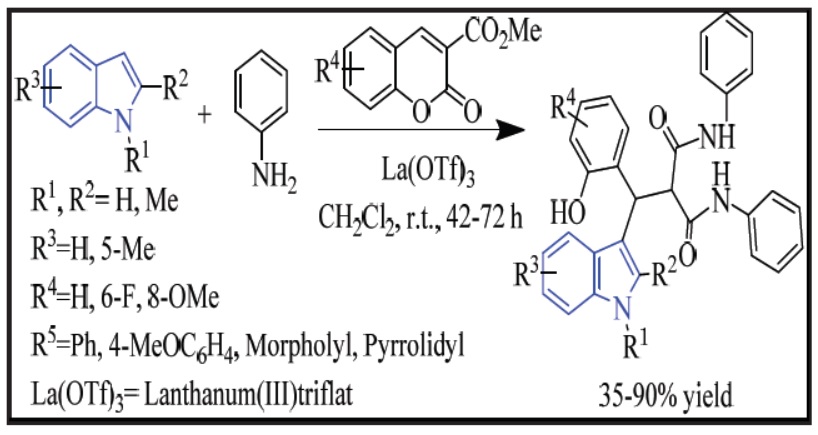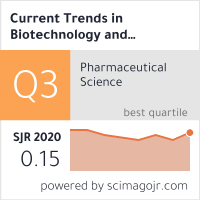Bioactive Indole Heterocycles and their Synthetic Routes: A Comprehensive Review
DOI:
https://doi.org/10.5530/ctbp.2023.3s.52Keywords:
Indole, Heterocycles, Synthesis, Bioactivity, Organic MoleculesAbstract
Indole analogues are very significant and useful heterocycles, with numerous appli cations in synthetic organic chemistry, materi al chemistry, medicinal chemistry, and natural product chemistry. Based on existing data, researchers have been focusing on developing indole-based molecules with new biological and pharmacological effects, since many well-known drugs like tadalafil, sumatriptan, rizatriptan, Fluvastatin, etc. have indole core. In this review article, we have described the general features and reactivity pattern at different positions of in dole ring. In addition to this, different synthetic approaches for the preparation of a series of biologically as well as synthetically challenging complex heterocyclic molecules having indole is also discussed.



